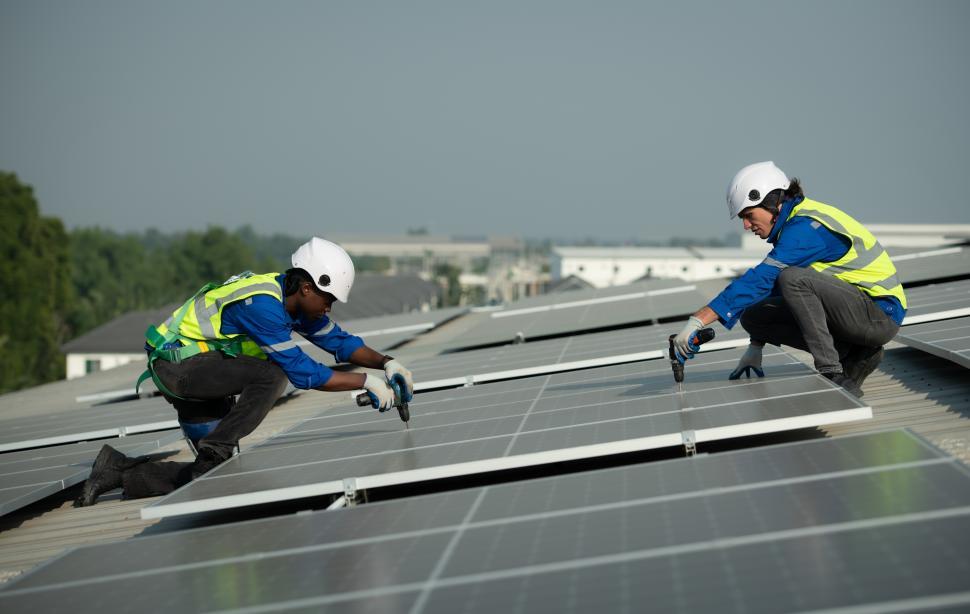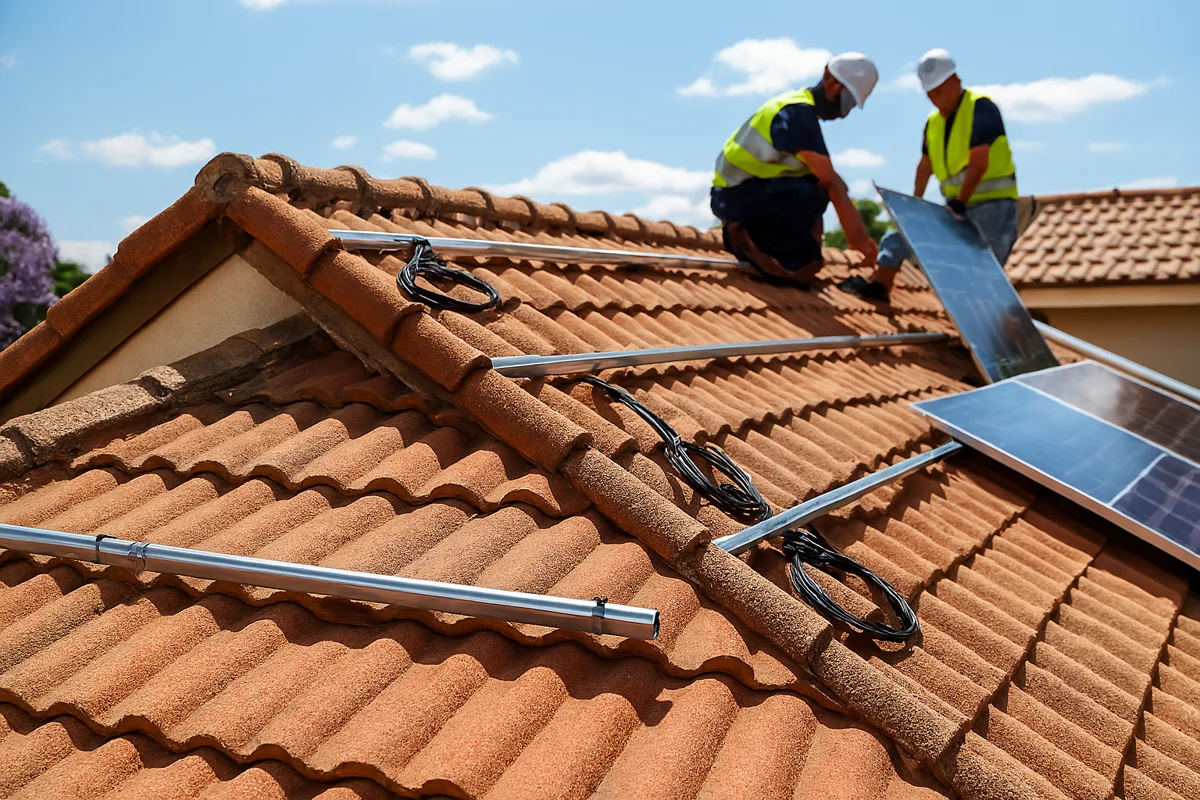
Preparing Your Roof for Solar Panel Installation
A structurally sound, clean, and properly sealed roof is the foundation of a safe, efficient, and long-lasting solar PV system. Follow this step-by-step guide to prepare your roof before installers arrive.
